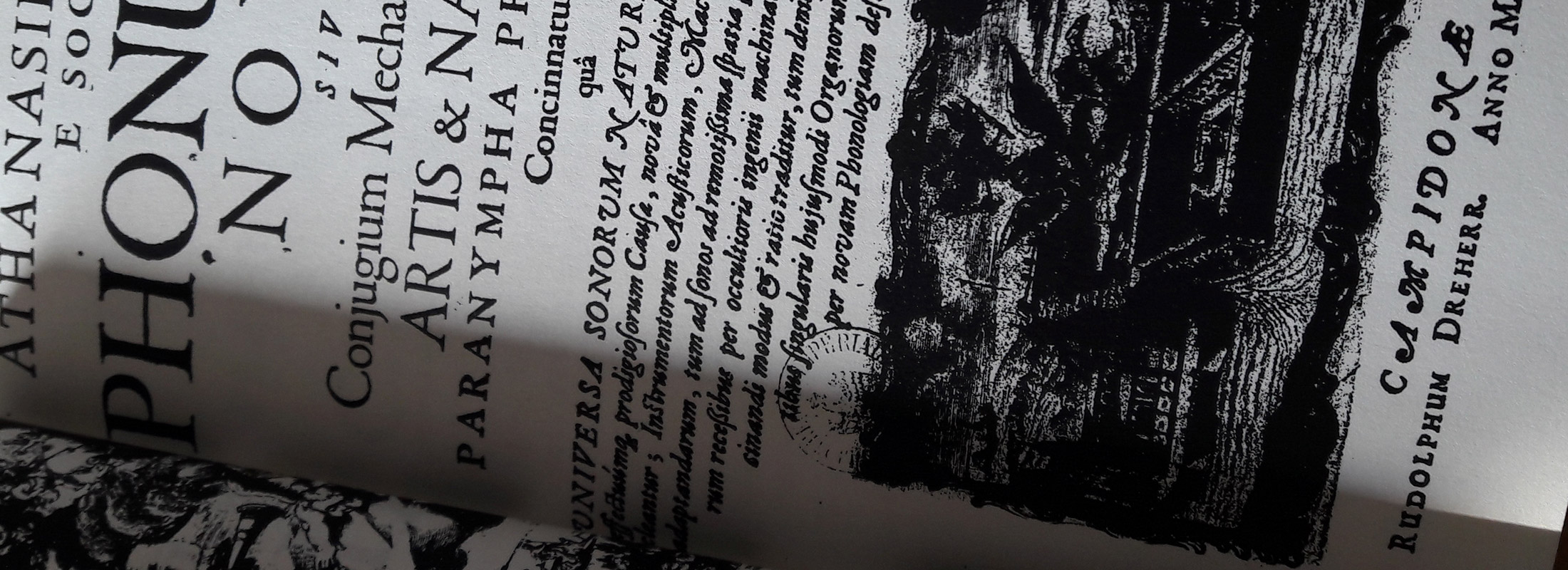
Phonurgia Nova
The sound to tell the world?
The “sound” just like the cinema, the video or the photography?
The sound displayed in museums of contemporary art?
The sound as one of the fine arts?
What seemed utopian yesterday, became, in few years, reality. For 30 years Phonurgia Nova accompanies this emergence of sound art, by supporting the authors who make a commitment in a creative relation with the sound, by publishing the classics of radio art, by publishing books and CD of pedagogy, by livening up Workshops, meetings and public listening – and by knotting multiple collaborations here in Arles or somewhere else, both with radios as with Museums or cultural reference actors.
The stake in this work? Handle the sound on an equal footing with the other arts of support (cinema, video or photography), and allow a wider public to tie up in these surprising banks where the ear substitutes itself at the same time for the eye and for the touch to approach the world and the others.
You said « sound art » ?
The naming is recent: it penetrated in Germany in the ’80s to indicate steps situated beyond music, exploring the possibilities of the sound, independently of the condition ancillaire where confined the cinema and music.
But its origins are distant: they dive into the avant-gardes of the XXth century which carried a new interest in the sound of modern life. Often welcomed in places of contemporary art or in specialized radio programs, the « sound artists » are stemming themselves from diverse disciplines: music electronics, cinema, sculpture, fine arts, digital arts, and of course radio. However, whatever is their route, having digested the influences of electroacoustic music and digital arts, they follow paths different from musicians: Some question the sound in its physical demonstrations (its capacity to translate or to model the space or still to make exist spaces of any room), others use it as reflexive tool on the word, the landscape, the memory or the fiction. Using the microphone as a camera or a pen, they tell the world and questions our perceptions. By allowing us to be affected by the sound, they promote of a new reading of the world and the others.